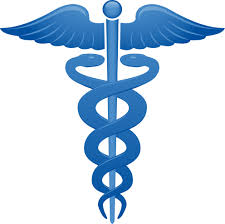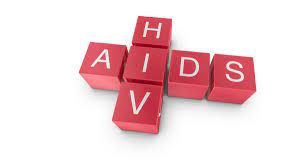+918048036831

This is your website preview.
Currently it only shows your basic business info. Start adding relevant business details such as description, images and products or services to gain your customers attention by using Boost 360 android app / iOS App / web portal.
Description
Human Immunodeficiency Virus (HIV) continues to be a major global public health issue, having claimed more than 34 million lives since it was identified in 1981. Approximately 1.2 million people die from HIV-related causes globally and 2.0 million people become newly infected with HIV every year. Sub-Saharan Africa is the most affected region and accounts for almost 70 percent of the global total of new HIV infections. HIV targets the immune system and weakens people’s defence systems against infections and some types of cancer. As the virus destroys and impairs the function of CD4 (immune) cells, infected individuals gradually become immunodeficient. Acquired Immunodeficiency Syndrome (AIDS), the most advanced stage of HIV infection, can take 2 to 15 years to develop depending on the individual. AIDS is defined by the development of certain infections (e.g.tuberculosis, cryptococcal meningitis), cancers (e.g. lymphomas, Kaposi’s sarcoma), or other severe clinical manifestations. HIV can be transmitted via the exchange of a variety of body fluids from infected individuals, such as blood, breast milk, semen and vaginal secretions.There is no cure for HIV infection. HIV can be suppressed by combination antiretroviral therapy (ART) consisting of 3 or more antiretroviral(ARV) drugs. ART does not cure HIV infection but controls viral replication within a person’s body and allows an individual’s immune system to strengthen and regain the capacity to fight off infections.It is estimated that currently only 51 percent of people with HIV know their status. Women, men who have sex with men, transgenders, intravenous drug users and sex workers are particularly vulnerable to the disease. Serological tests, such as rapid diagnostic tests (RDTs) or enzyme immunoassays (EIAs), detect the presence or absence of antibodies to HIV-1/2 and/or HIV p24 antigen. When these tests are used according to a validated testing algorithm, HIV infection can be detected with great accuracy.


